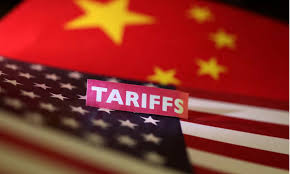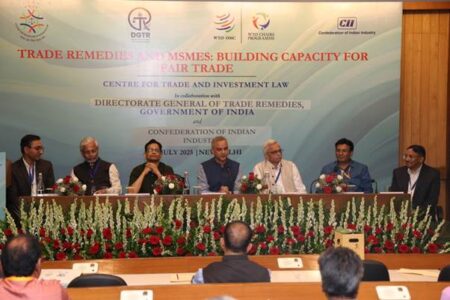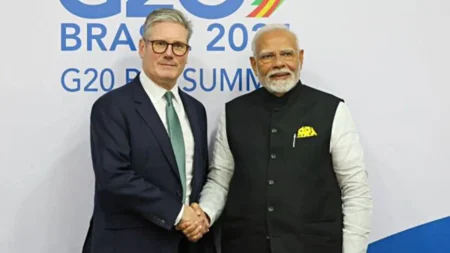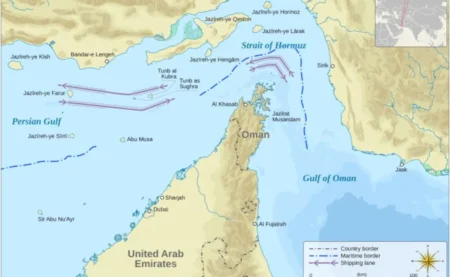The April 2025 Pahalgam attack critically reshaped India’s foreign policy and trade. This incident, evolving from a security issue to a geopolitical challenge, disrupted trade routes, redefined bilateral dynamics, and fast-tracked India’s global trade diversification.

Crisis propelled India’s trade diversification, reshaping global engagement
The Pahalgam attack on April 22, 2025, killing over two dozen civilians, triggered a profound strategic shift in India’s foreign policy and trade relations. What began as a border security concern rapidly escalated into a complex geopolitical dilemma, disrupting established trade routes and reshaping bilateral dynamics, accelerating India’s pivot towards diversified global trade.
India’s swift military response, Operation Sindoor, marked a significant change in its defence strategy. Precision strikes and advanced weaponry demonstrated resolve without inciting full-scale war. However, Pakistan’s retaliatory attacks intensified the dispute, leading to four days of exchanges and heated rhetoric, balancing precariously between deterrence and heightened tensions. A parallel information battle erupted online, as both sides vied to control the narrative. India’s focus on factual counter-narratives highlighted the equal importance of perception and policy in modern geopolitics.
Geopolitical fallout
In the immediate aftermath, India halted all diplomatic and trade relations with Pakistan, encompassing the vital Attari-Wagah land route. Pakistan responded by suspending transit trade and shutting its airspace to Indian airlines. This geopolitical confrontation resulted in significant trade consequences, especially regarding regional connectivity. The total freeze not only stopped direct trade, which was limited in size, but also severely interrupted a major flow of indirect trade channelled through third-party centres such as Dubai and Singapore. Air and maritime paths were redirected, increasing fuel expenses and prolonging delivery periods—costs that exporters and airlines had to bear.
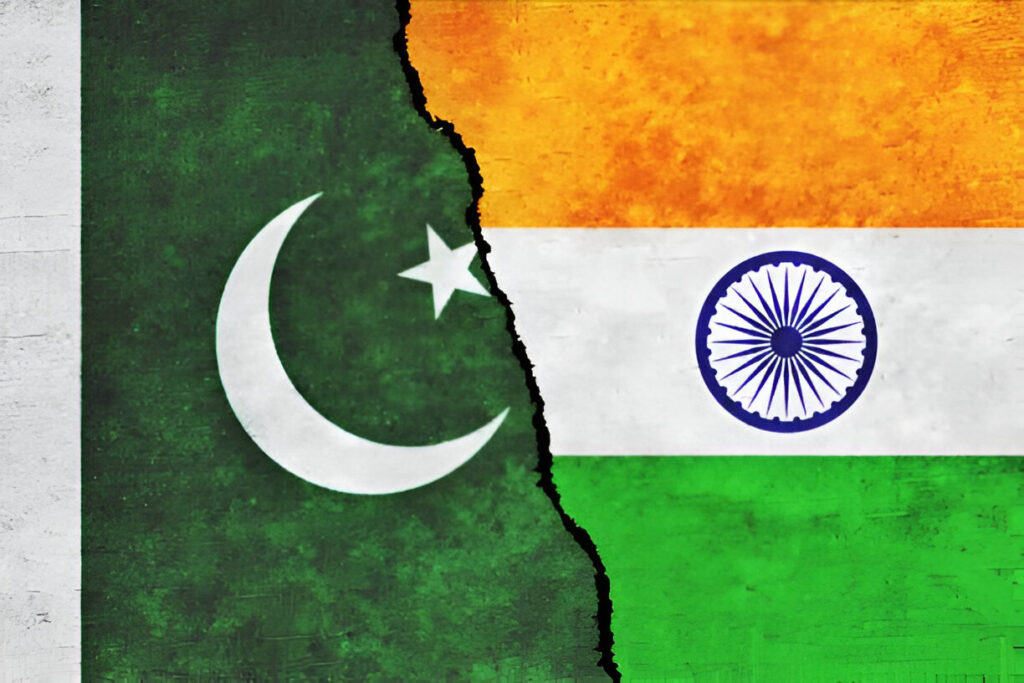
Geopolitics and commerce are now inseparable; India strategically pivots trade
Indo-US trade dynamics
For India, the trade consequences extended beyond the immediate region. At that same period, conflicts with the United States escalated into an all-out tariff confrontation. The US imposed tariffs of up to 27% on Indian imports, citing trade disparities. This was a significant setback, as the US is India’s top trading partner, with annual trade exceeding $150 billion. India reacted with prompt diplomatic efforts, offering substantial concessions to ease tensions. It agreed to reduce its average tariff difference from 13% to below 4%, provided zero-duty access for a large portion of US imports, and sought mutual advantages for vital export industries like textiles, gems, and pharmaceuticals.
These negotiations, while seemingly reactive, indicated a more significant trend: the swift liberalisation of India’s trade policies due to external pressures. What once required years to develop was now occurring in months. The crisis unintentionally accelerated India’s embrace of global trade integration. Simultaneously, the transition of global supply chains—particularly those of Apple and Walmart—into India highlighted the nation’s growing importance as a manufacturing centre, especially in electronics and consumer products.
India-Turkey rift
Simultaneously, Turkey’s vocal support for Pakistan in the Kashmir dispute and alleged military aid strained its relationship with India. India’s reaction was swift and widespread: boycotts intensified, Turkish firms faced exclusion, and academic collaborations ceased. While the economic impact was minor due to low trade volumes, this diplomatic rift underscored India’s growing tendency to realign trade relationships based on geopolitical allegiance. This incident sent a clear message: nations disregarding India’s core security concerns could face economic repercussions.
Trade alliance strains
An additional complication arose from reports suggesting that the United States was contemplating reducing tariffs on Pakistan as a sign of goodwill after the ceasefire. This event triggered concerns in New Delhi. Favourable treatment for Pakistani exports, particularly in competitive areas such as textiles and agriculture, may diminish the market share of Indian exporters. This action also threatened to erode confidence in the US-India strategic alliance, possibly prompting India to enhance trade relations with other international groups such as the EU, ASEAN, and the Middle East.
India’s trade dynamics
The recent pause in US-China tariff tensions offers global relief but creates a mixed scenario for Indian trade. A de-escalation might reduce the incentive for US firms to shift supply chains from China, potentially limiting India’s opportunity to attract manufacturing and boost exports in sectors like textiles and electronics. Conversely, India holds a 20% tariff advantage over China for specific US exports (assured until July 9), and international firms continue to diversify supply chains away from China, positioning India as an alternative. India’s ability to capitalize on these shifts hinges on its agility in finalising beneficial bilateral trade pacts, enhancing manufacturing and infrastructure, and strengthening domestic sectors.
India’s trade resilience
India’s export optimism, buoyed by recent gains from global supply chain shifts, faces the looming prospect of a revived US-China trade deal. While elevated tariffs had boosted orders for Indian electronics and clothing, this fortune is delicate. Should US-China tariff talks progress, Chinese exporters, with their vast technical expertise, could quickly reclaim market share. Indian industry acknowledges that in labour-intensive sectors like non-leather footwear, it cannot yet fully meet US demand. Normalised US-China trade could dampen India’s recent progress, underscoring the need for domestic manufacturing and competitiveness improvements.
Despite these intertwined challenges, India’s economic fundamentals remain robust, with forecasts for 2025-26 growth at 6-6.5%. This resilience is supported by ongoing Free Trade Agreements with the UK and EFTA, which are opening new markets and lowering tariff burdens. Furthermore, India’s pivot towards alternative trade routes, including Iran’s Chabahar Port and the North-South Transport Corridor, aims to reduce reliance on Pakistan-administered paths and enhance Central Asian links. The aftermath of the Pahalgam attack starkly reveals that in today’s interconnected world, geopolitics and commerce are inseparable. India’s response demonstrates a deliberate effort to shield its economic goals from regional turmoil while strategically leveraging trade policy. What began as a crisis has transformed into an opportunity, potentially redefining India’s global trade role for years to come.
~ Cargo Insights Desk
Sources & Further Reading: This article draws on information from CSIS, PIB India, Indian Express, Atlantic Council, Al Jazeera, Outlook Business, Wikipedia, The Straits Times, BBC News, The Economic Times, and Reuters.






